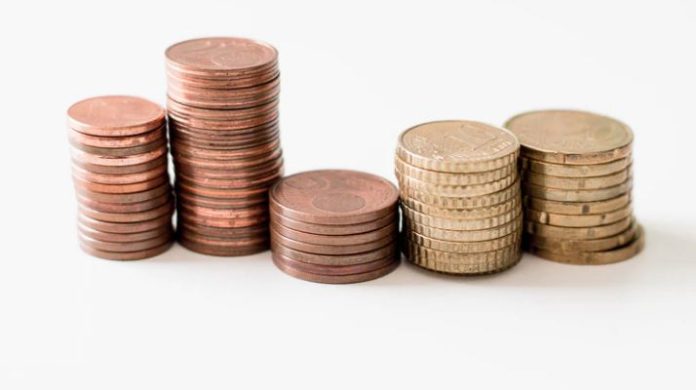I just noticed on my calendar that this year is the 150th birthday of the demise of the U.S. Half Cent!
You mean you do not have these momentous events listed on your daily calendar?
Well, you have to take my word for it then..the U.S. Half-Cent was ended forever in 1857, only 150 years ago.
The United States minted Half Cents intermittently between 1793 and 1857. I am sure you are wondering why in the world would the U.S. mint a coin of such a valueless denomination?
Well, the Half Cent was actually a very important part of our monetary system back when working wages were 1.00 per 10-hour day and newspapers were one cent and it cost three cents to ride the streetcar.
The 1793 Liberty Cap has obvious significance as the first Half Cent produced by the Mint and is also a highly coveted one-year type.
In the informative Encyclopedia of United States Half Cents: 1793-1857, Walter Breen, author of the Encyclopedia, wrote that the Philadelphia Mint prepared two obverse and three reverse dies for this issue between April and July 1793.
It is not known who actually prepared the design and the dies for these first Half Cents, although it may have been Joseph Wright, who designed the Liberty Cap large cents two months later.
On July 20, 1793, the first 7,000 pieces were produced, followed by 24,934 coins on July 26, and a further 3,400 pieces on September 18. These three deliveries totaled a mere 35,334 coins.
There were five major design types that appeared on U.S. Half Cents, plus a Half Cent token issued privately in 1837:
1. The Liberty Cap Half Cent came in two different versions: The Head Left (issued in 1793 only) and,
2. The Head Right (issued from 1794 to 1797). No Half Cents were issued in 1799.
3. The Draped Bust design appeared from 1800 to 1808, but no Half Cents were struck in 1801.
The rarest date of this design type is 1802, all of which were struck on cut-down Large Cents.
4. The Capped Bust design appeared on Half Cents beginning in 1809 and ran through 1836.
No Half Cents were issued between 1812 and 1824, mostly because the demand for the denomination was low and the Mint had difficulty obtaining planchets.
In 1825, Half Cent coinage resumed, with breaks in 1827 and 1829. Rare dates of this type include 1831 and 1836, both issued only as Proofs.
5. The final Half Cent design type, the Braided Hair, first appeared in 1840 and ran through 1857. Rare dates of this type include the Proof-only issues of 1840-1848 and 1852.
No Half Cents were issued by the U.S. government between 1837 and 1839, but a privately issued token appeared in 1837 to fill the void.
This token claimed to be of the same weight and value as a U.S. Half Cent and used images and styles similar to those on actual U.S. coins of the period.
The Half Cent piece was made of 100% copper. It was slightly smaller than a modern U.S. Quarter, with a diameter of 23.5 mm (0.93 inches).
Although it is the lowest face value coin ever produced by the United States, given nineteenth-century price levels, it was about equal to a dime today, in terms of purchasing power.
As the number of United States coins in circulation increased, the necessity for the use of foreign and private coins decreased.
Congress enacted a law in 1857 to prohibit the continued use of foreign and private coins in circulation.
The 1857 law also called for the elimination of the Half Cent coin and replaced the large copper cent by a smaller cent design having a metallic composition of 88% copper and 12% nickel. The large coppers were unpopular with the public and were costly to produce at the mint.
Today, the sizes of United States coins can help you to tell them apart quickly but have nothing to do with their values.
Metal prices constantly fluctuate, so the values of circulating coins aren’t tied to metallic content.
But back in 1793, when the first U.S. coins were produced, the U.S. Mint linked the sizes of coins to a particular metal standard – the silver dollar.
Except for the copper penny, all coins were produced in proportionate metallic content to the dollar, and their sizes were regulated accordingly.
So, the demise of the wonderful Half Cent is truly a memorable date for remembrance, especially if you happen to own a few. Also, it has been 214 years since the beginning of the Half Cent piece in 1793.
You might be interested in this fact, that the Very Fine 1796 Half Cent is now worth 85,000. So when you are up there in the attic going through grandma and grandpa’s things they left for you, keep your eye out for the beautiful 1796 Half Cent and just remember where you heard it first.

